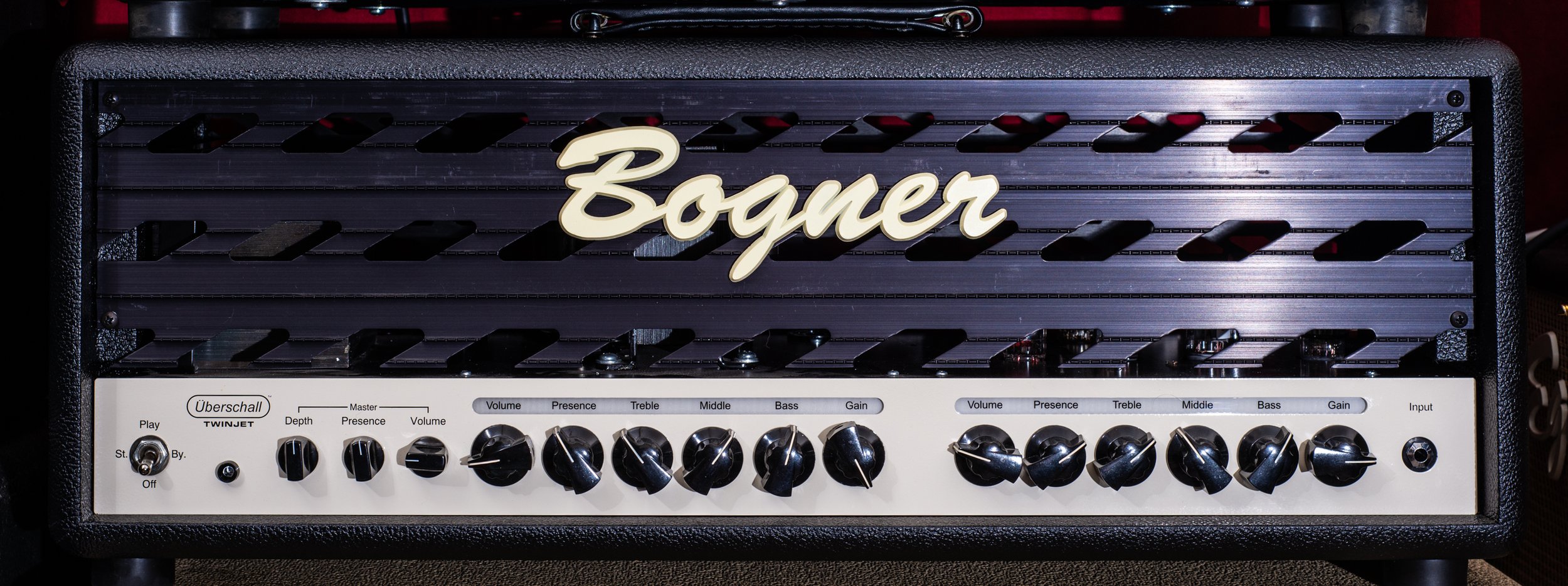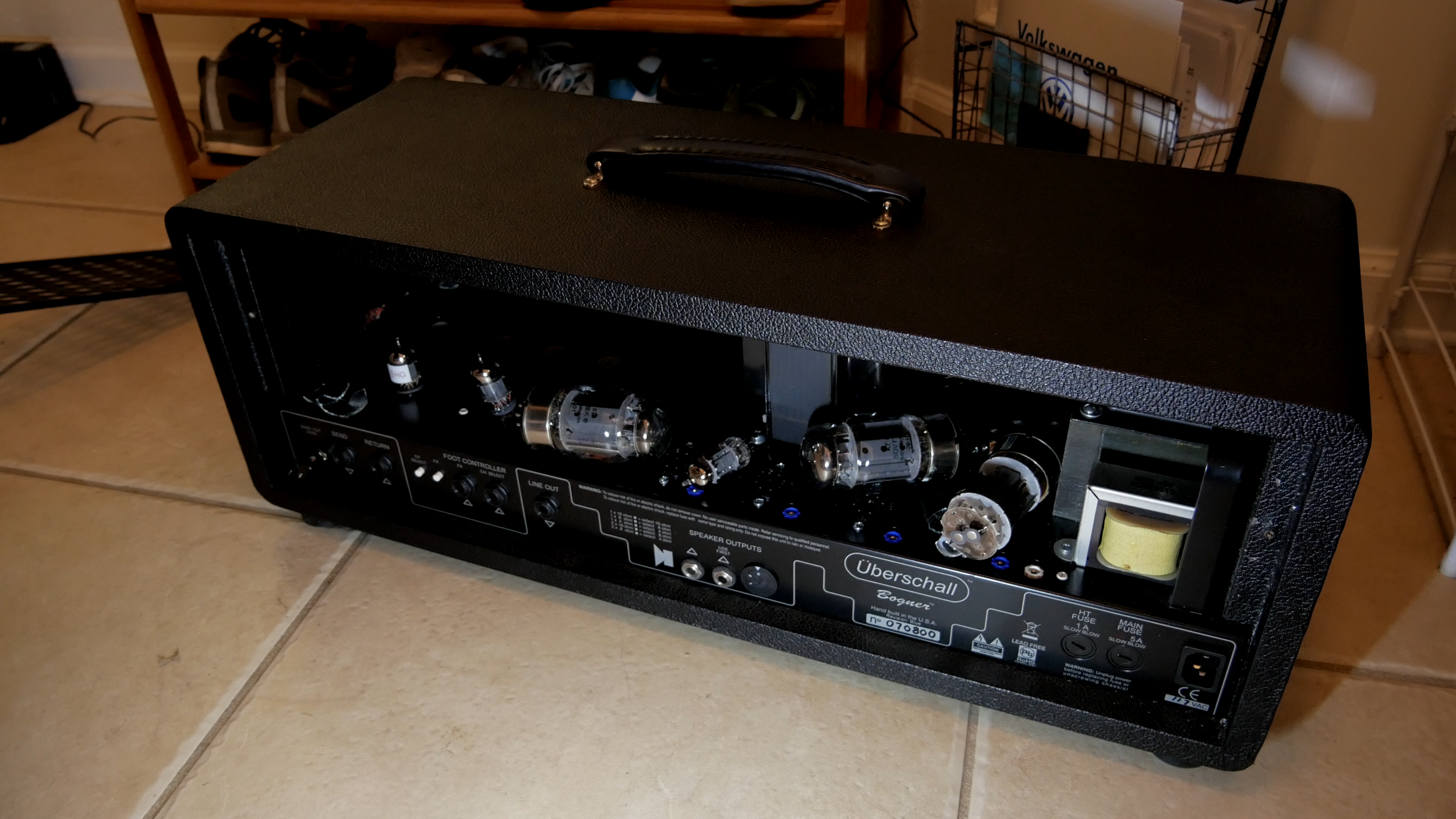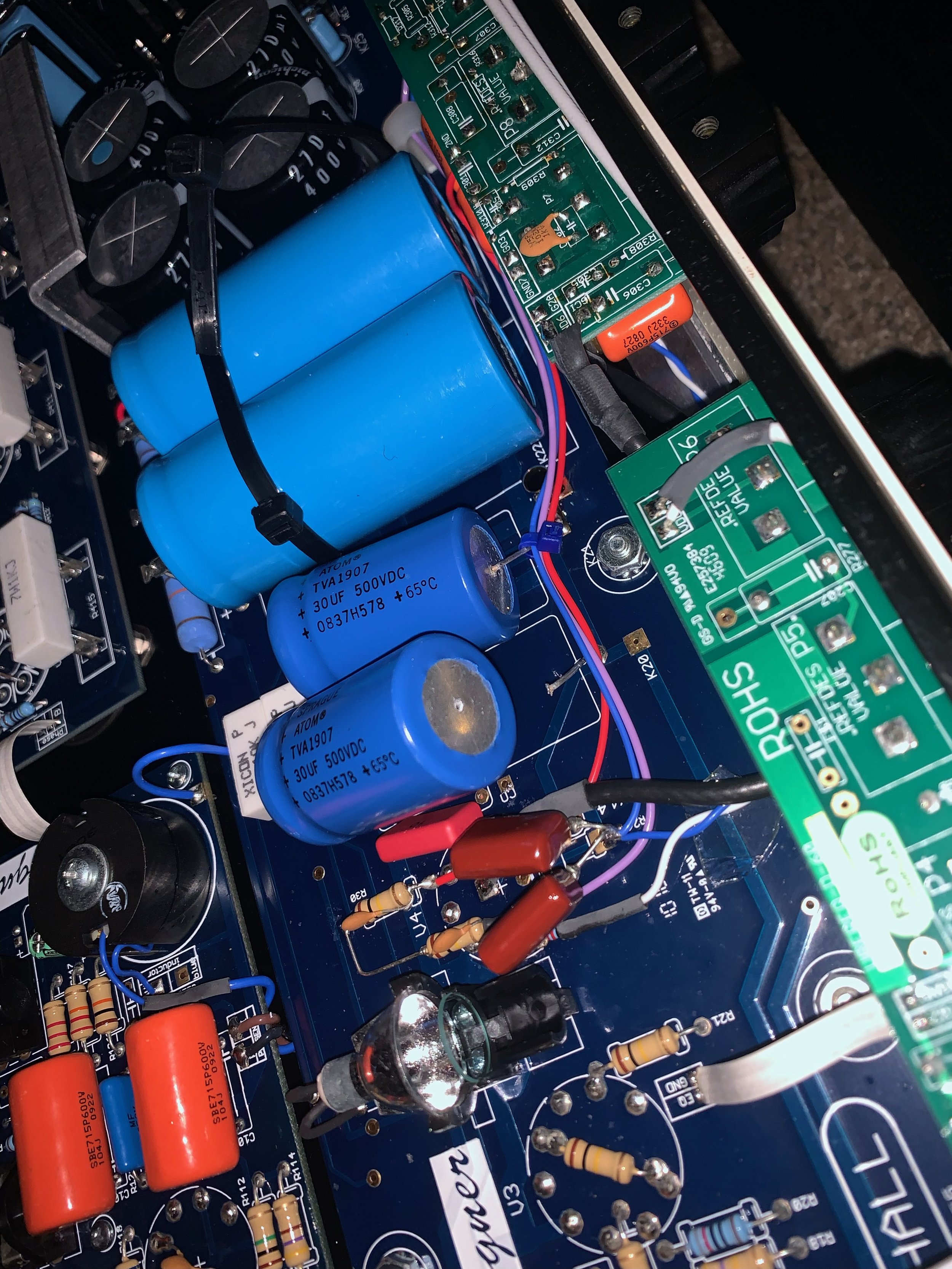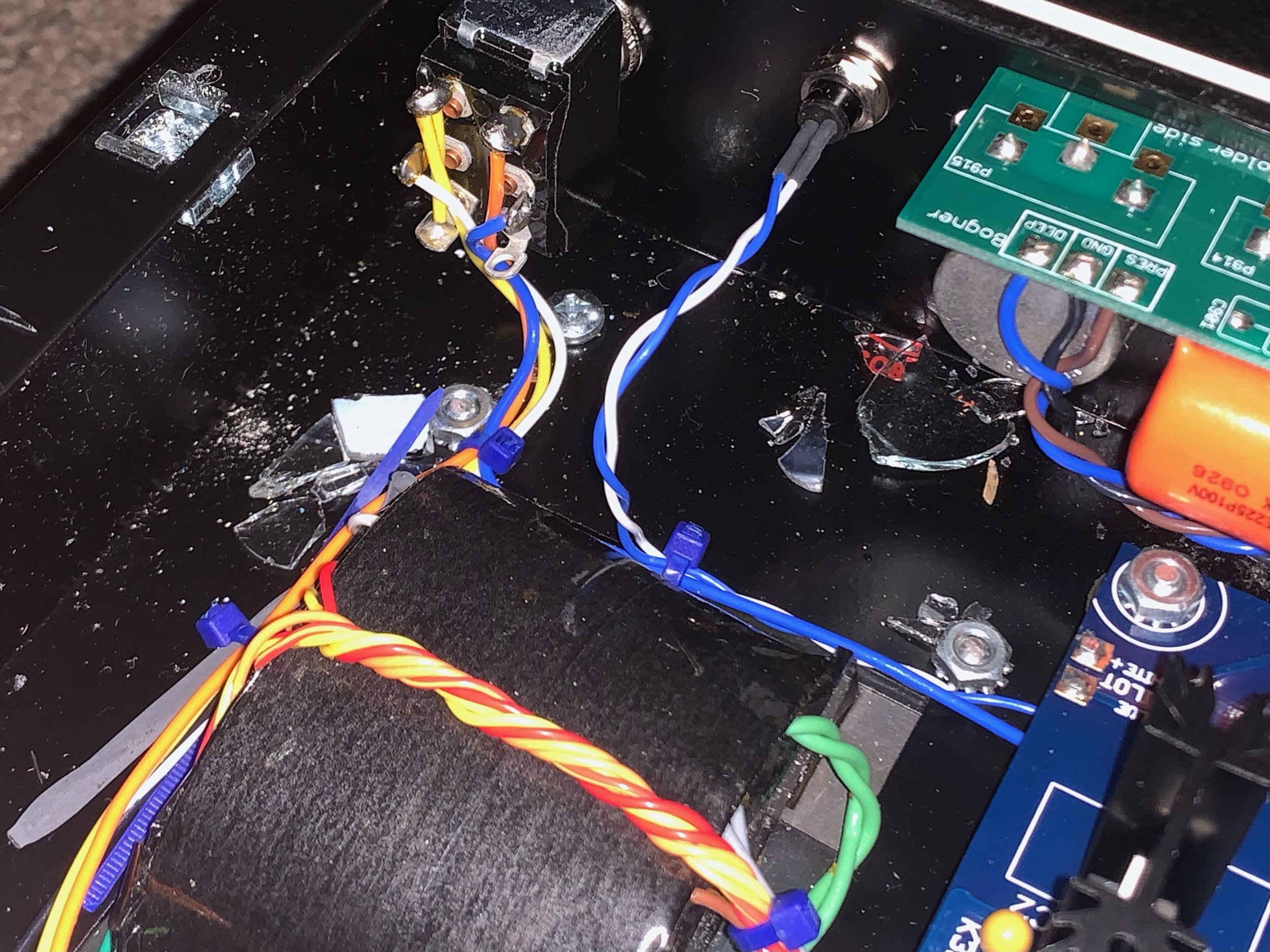After the debacle I had after ordering a used Rivera KR55 (which never arrived), I really wanted to add a Knucklehead to my collection. It’s a little overkill, but when this amp showed up for a pretty good deal, I decided to pull the trigger.
I generally don’t like signature gear, or at the very least, I don’t really pay attention to who the endorser is. For example, I like the way my EVH 5150 sounds, but I didn’t buy it because of EVH, and this is the same situation. This amp is Mick Thomson’s signature model amp, of Slipknot fame. The story goes that they used early 2-ch Knucklehead’s (likely boosted) and maybe some Knucklehead Reverb’s on the early Slipknot albums, which have a very unique, characteristic tone. Don’t get me wrong - I enjoy those albums and think Mick is a world class musician, but this amp is not limited to that style of music. Underneath the signature, it’s still roughly the same circuit as the regular Knucklehead Reverb’s and can do just about anything those amps can do. The difference is the voicing of this amp was custom tuned with Mick’s input for the type of music he plays, and it really makes a lot of sense. While I don’t own a KR100 or KR55 (the base of this amp), I have spent a good amount of time playing them. The biggest difference I hear is that the KR7’s lead channel in particular is brighter and more aggressive. I could be wrong, but I felt Ch2 and Ch1 are very similar to the non-signature models, but I’m sure if I had them all in the same room I’d be able to pick out some differences.
Anyway, I’m very pleased with the amp. Each channel has a built in boost, a very wide EQ sweep, and the clean channel has some push pull switches for even more shaping. As an added bonus, the FX loop can be used as a master for the whole amp, making it sound pretty good even at home levels.
If I had to critique, it’s that the transition from Ch2 to Ch3 is quite drastic. If you love Ch3’s metal rhythm tone and want a lead tone, you’re either forced to use a boost, or a pedal, to keep that tone - Ch2 does not have enough gain or a similar enough tone. On the other hand, Ch2 doesn’t have the cut and aggressiveness that a metal rhythm tone needs, it’s really more of a heavy crunch channel with rolled off highs. Of course that’s just my opinion, and with a few pedals you can make it do anything, but straight out of the box, it does have some limitations. While it would’ve killed its versatility, I would’ve liked it better if Ch2 and Ch3 were identical, so I could set up a rhythm/lead tone on either with some continuity. That said, Ch2 makes for a killer classic rock channel, and reducing the gain of Ch3 is perfectly fine for leads in that vein, so I’m speaking strictly about heavier styles when I say it has some limitations.
The biggest issue is that now I still feel like I need to get a regular Knucklehead Reverb! (And a 2ch Knucklehead, and a Knucklehead II… it never ends)














